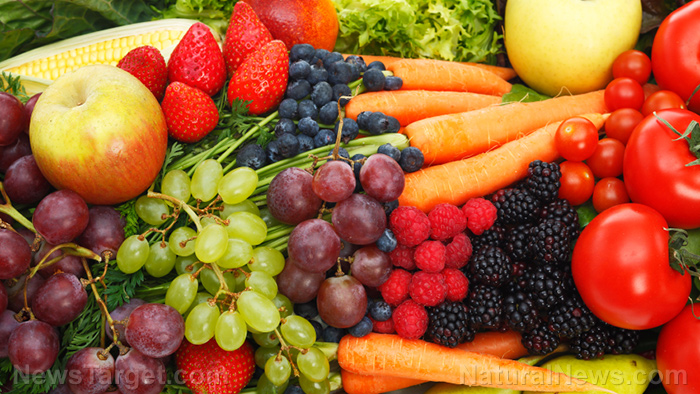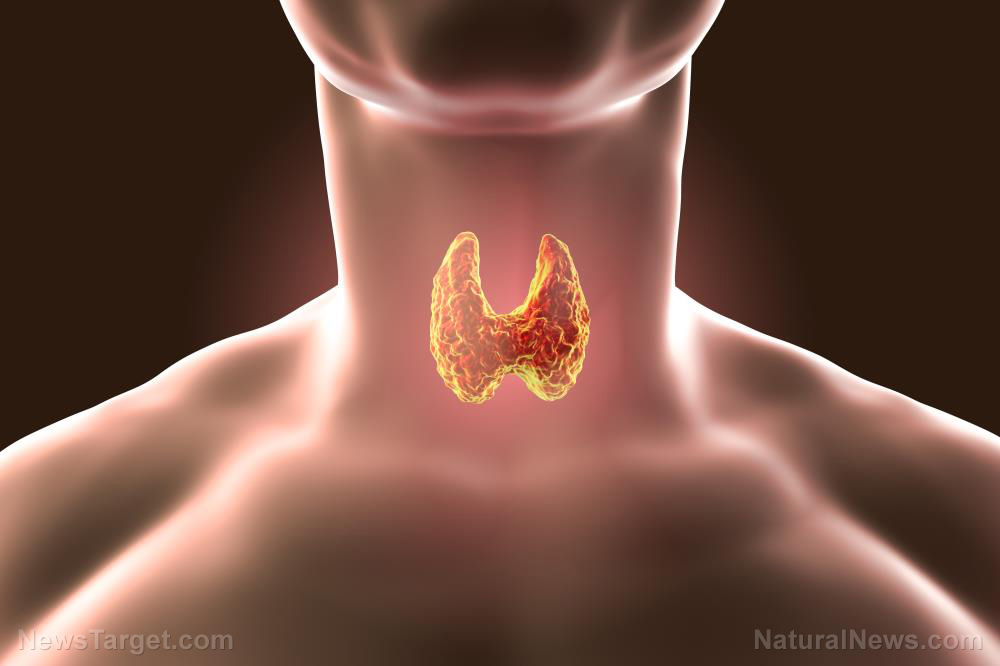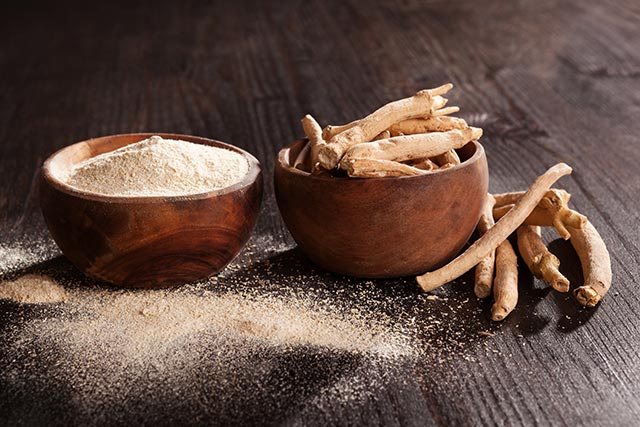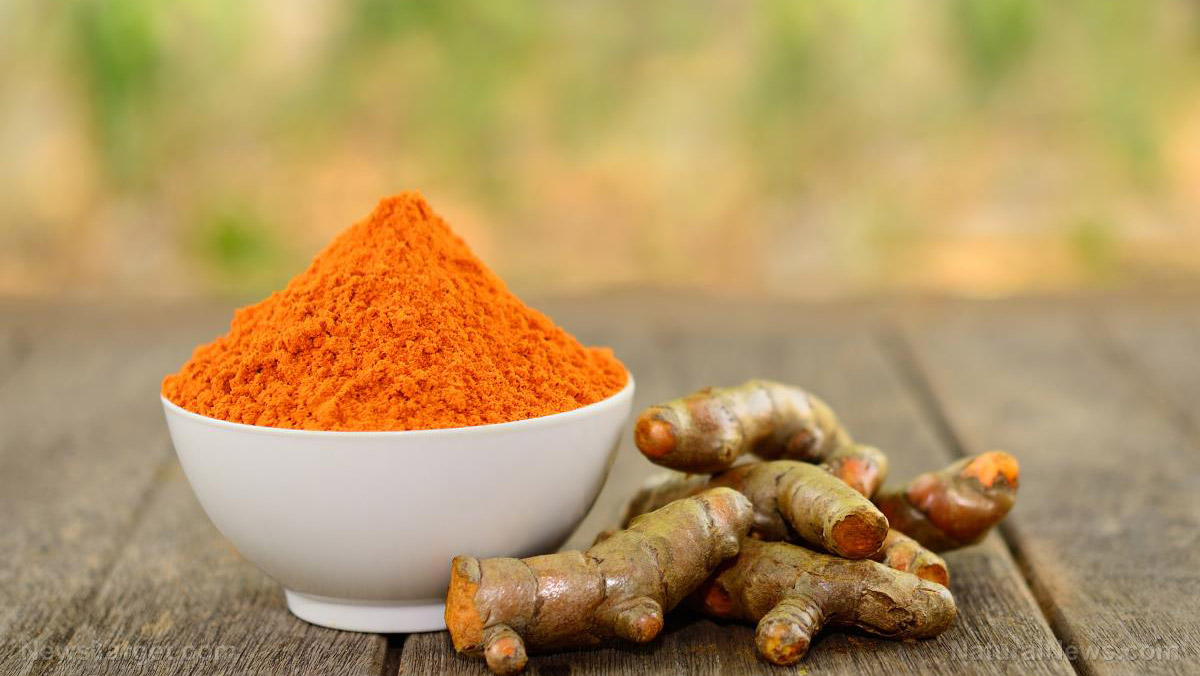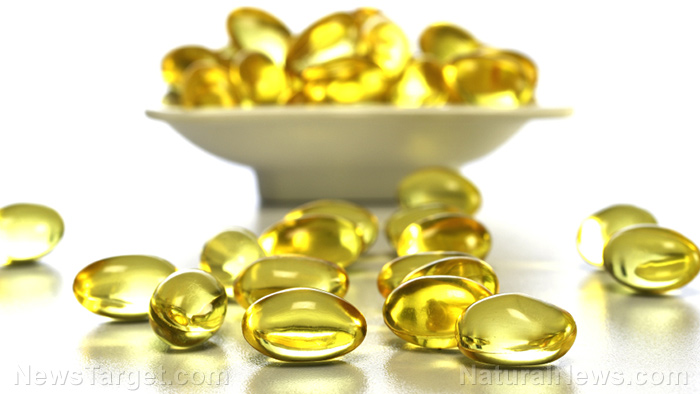Increasing the amount of protein in your diet may lower your risk for diabetes
12/09/2018 / By Zoey Sky
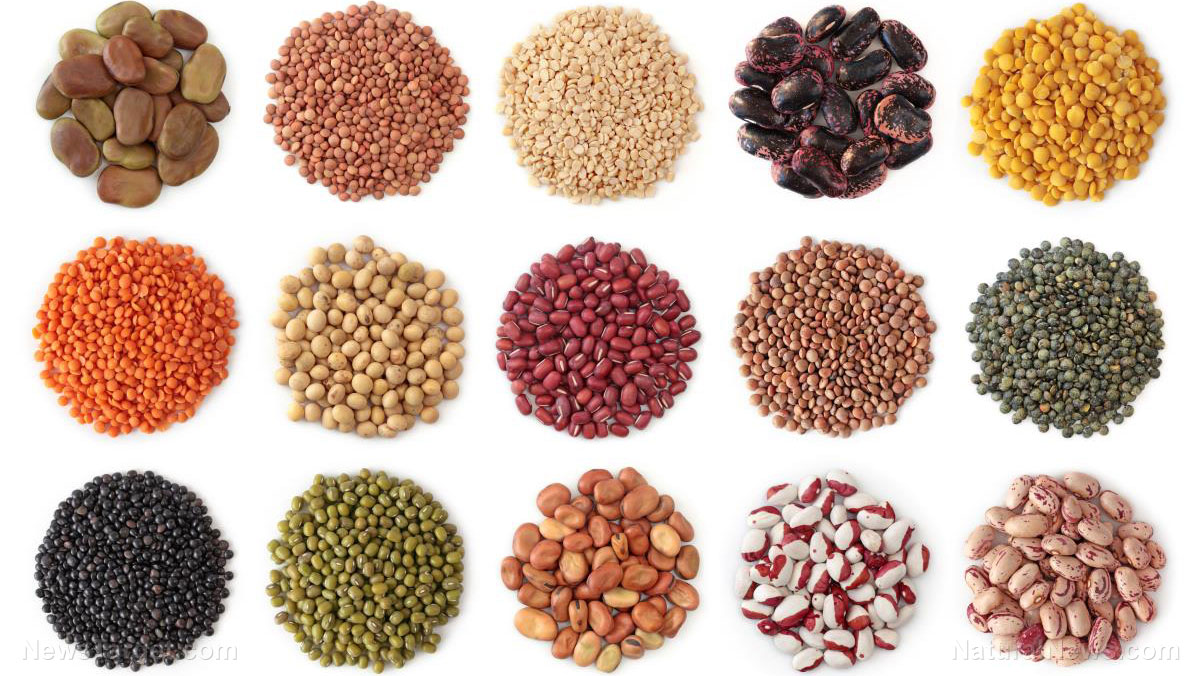
According to a study, which was published in the American Journal of Physiology-Endocrinology and Metabolism, consuming more protein can help reduce the liver’s fat content. Making this change to your diet may even help lower the risk of diabetes in individuals with nonalcoholic fatty liver disease (NAFLD).
What is nonalcoholic fatty liver disease (NAFLD)?
NAFLD, also called “fatty liver,” is a condition that occurs when more than five percent of your liver’s total weight is made up of fatty tissue. Excessive fat in the liver may cause scarring, and this can increase the risk of liver cancer or even liver failure.
Individuals with NAFLD have a higher chance of developing Type 2 diabetes, and vice versa. About 70 percent of people with Type 2 diabetes also have a fatty liver.
Obesity is considered a significant risk factor for fatty liver, and data from earlier studies have shown that short-term protein supplementation can help minimize the liver’s fat content. However, only a handful of studies have looked into the long-term effects of protein on NAFLD.
In this two-year study, scientists analyzed the long-term impact of dietary protein on a fatty liver after weight loss. This project was part of the PREVIEW study that is focused on determining “the most efficient lifestyle pattern for the prevention of Type 2 diabetes in a population of prediabetic overweight or obese individuals.” (Related: The importance of magnesium in the prevention and treatment of Type 2 diabetes.)
In the study, 25 adult volunteers followed a low-calorie diet for eight weeks to lose at least eight percent of their body weight. Out of the 25 participants, 15 were previously diagnosed with NAFLD.
After weight loss, the volunteers were instructed to maintain their weight for two years. The participants were also told to “follow either a moderate- or high-protein diet.” They consumed an average of 0.8 to 1 gram of protein per kilogram (2.2 pounds) of body weight.
The researchers gathered blood and urine samples from the volunteers. They also performed body scans to assess liver fat content and the amount of protein eliminated from the volunteers’ bodies at three intervals: at the start of the weight maintenance phase, six months, and then two years after.
Two years after the volunteers maintained their weight loss, the increase in their dietary protein was linked to reduced liver fat content. Over 50 percent of the participants who were previously diagnosed with NAFLD no longer had a fatty liver.
The results of the study highlighted the medical implications and possible health benefits of consuming more protein after weight loss for individuals with NAFLD who are at risk of developing diabetes.
A list of animal- and plant-based protein foods
Plants and animals both contain protein, but they mostly differ in their fat content. Plant-based proteins also contain different amounts of carbohydrates.
Beef, lamb, pork, and veal
When eating meat, limit your intake of red meat because it contains more saturated fat. Avoid processed meats like bacon and hot dogs, which has more saturated fat and sodium. Try to eat lean meat whenever possible.
Fish and seafood
Eat fish at least twice a week.
- Fish with omega-3 fatty acids (e.g., Albacore tuna, herring, mackerel, rainbow trout, sardines, and salmon)
- Other fish (e.g., catfish, cod, flounder, haddock, halibut, orange roughy, and tilapia)
- Shellfish (e.g., clams, crab, lobster, oysters, scallops, and shrimp)
Game
- Buffalo, ostrich, rabbit, venison
- Dove, duck, goose, or pheasant (no skin)
Plant-based proteins
Plant-based protein foods also contain fiber and healthy fat. These foods may vary in how much fat and carbohydrate they contain, so always read product labels.
- Beans (e.g., black, kidney, and pinto)
- Edamame
- Hummus and falafel
- Lentils (e.g., brown, green, or yellow lentils)
- Peas (e.g., black-eyed or split peas)
- Tempeh and tofu
Poultry
Remove the skin from poultry for less cholesterol and saturated fat.
- Chicken, Cornish hen, turkey
- Cottage cheese
- Regular cheese (in small amounts)
- Whole eggs
Browse more articles with tips on how to lower your risk for diabetes at DiabetesScienceNews.com.
Sources include:
Tagged Under: diabetes, diabetes prevention, diabetes risk, diabetes risk factors, diabetes risk reduction, diabetes symptoms, fatty liver, liver health, men's health, NAFLD, natural cures, nonalcoholic fatty liver disease, prevention, proper diet, proper nutrition, protein, supplements, weight loss, wellness, women's health

